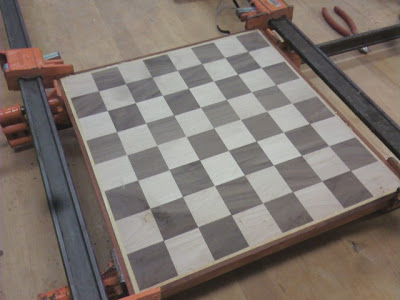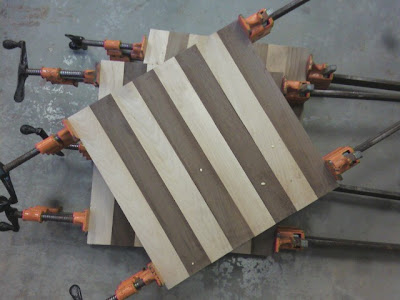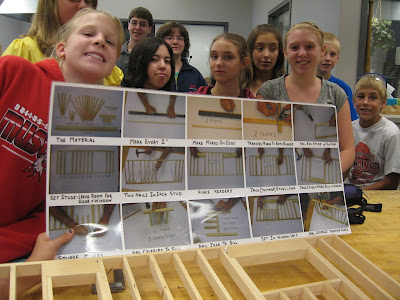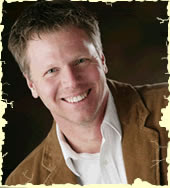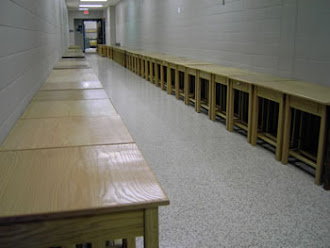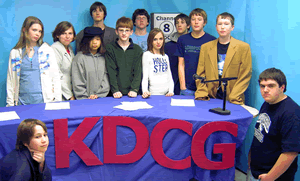During the first quarter the seventh grade middle school students had the opportunity to work on twenty various modules, or stations, in the middle school shop. Mr.
Wiemers has set up these three-day modules over the last few years. Each module includes the production of a project and involves skills that have connections to a career field. The modules include assembly of a lawn mower engine, assembly of an electric motor, project design and cutting on a
CNC mill, forming acrylic plastic, residential wiring, design and production of a wooden race car, bending and riveting metal to form a hook, soldering copper pipe, cutting and threading galvanized pipe, soldering components on a functioning circuit board, plastic injection molding,
vacuum forming plastic, assembly of a small model residential wall, house design with CAD, video production and upload, podcast production and upload, design and cut an acrylic chess piece with
CNC lathe, measuring with a variety of instruments, writing and uploading a blog and small wooden projects. These areas of introduction to technology and industry are followed up in the high school shop program. Each year the class size grows and more projects, modules and opportunities are added. The students develop skills that can be incorporated into other class projects and have an opportunity to apply their reading, writing and math skills in a shop environment. Students are also being introduced to principles of science and math that will be developed in other classes.
We are putting together a video of these modules and will post it later.
Mr.
Wiemershttp://mrwiemersshop.com









